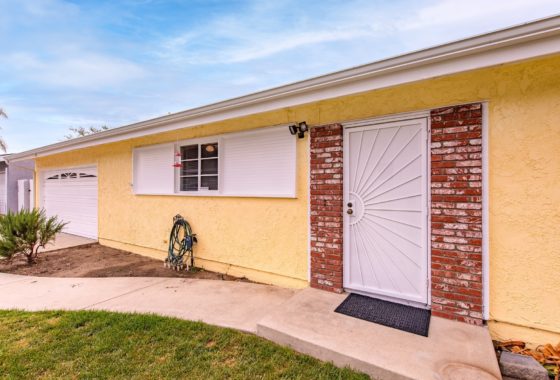Well I hate to say you missed it, but if you thought you were a market timer, the bottom has come and gone. . The market bottomed out between 2011 and 2012 with the recovery really kicking in last summer. The combination of low interest rates and low home prices have come and gone barring any major national or world wide economic catastrophe. We are on a slow climb into the first stages of recovery. The following are some of the key indicators of the market bottom.
- The number of single-family detached homes in Simi Valley for sale under $300,000 had increased through 2011 in the first half of 2012.
- Buyers through 2011 and the first half of 2012 were still very cautious in purchasing.
- Total average monthly sales for single-family detached homes in Simi Valley remained at 80 units per month through February 2012.
- Escrows and pending sales volumes were four to 4 1/2 times the number of homes selling each month.
- Simi Valley average and median single-family detached home prices hit 10 year all-time lows in February 2012.
Available inventory has steadily shrunk each month throughout 2012 into 2013 with less and 90 homes for sale in Simi Valley on any given day. This is less than one month supply and a four to six month supply is typically considered a balanced market. However, in Simi Valley, closer to a 3 to 5 month supply tends to be our balance point. The following points support the beginning recovery and market rebound.
- The law of supply and demand – inventory is scarce
- Pricing has bottomed out
- Interest rates for borrowing money are at all-time historical lows
- Typical money payments on most purchases are well below area rental rates
Number 4 may be the most significant as investors look for additional rental properties. Additionally these properties will have price appreciation over the next 10 years typically not seen in California rental properties.
So if you think the market hasn’t reached bottom yet and you are waiting around to make your move, understand investors have been accumulating properties and flipping properties the last 2 1/2 years at a steady pace. The pace has picked up and increased in the last year. Investors typically lead in these situations before most people take notice.
One note of caution, price appreciation is not going to go crazy like it did between 2000 and 2006. Lenders are more conservative, appraisers are not only more careful, but also more conservative in their values. The buyers in this market will begin to back off and slow down as monthly mortgage payments move up and equal area rental payments. If there is anything to take advantage of in this market, probably one of the most important factors is mortgage interest rates below 4 1/2%. Rates are still far below this amount, cheap money over the long term is always a good deal.

Do your homework. Value of real eatste is dropping faster than it’s ever had since the great depression. Until you are confident that real eatste has hit rock bottom, I would not invest in it. I have invested in real eatste, and the value of my portfolio is really plummetting. Even though real eatste is a steal right now, and I am in the business, I would not buy at this time. Tread slowly, and look both ways